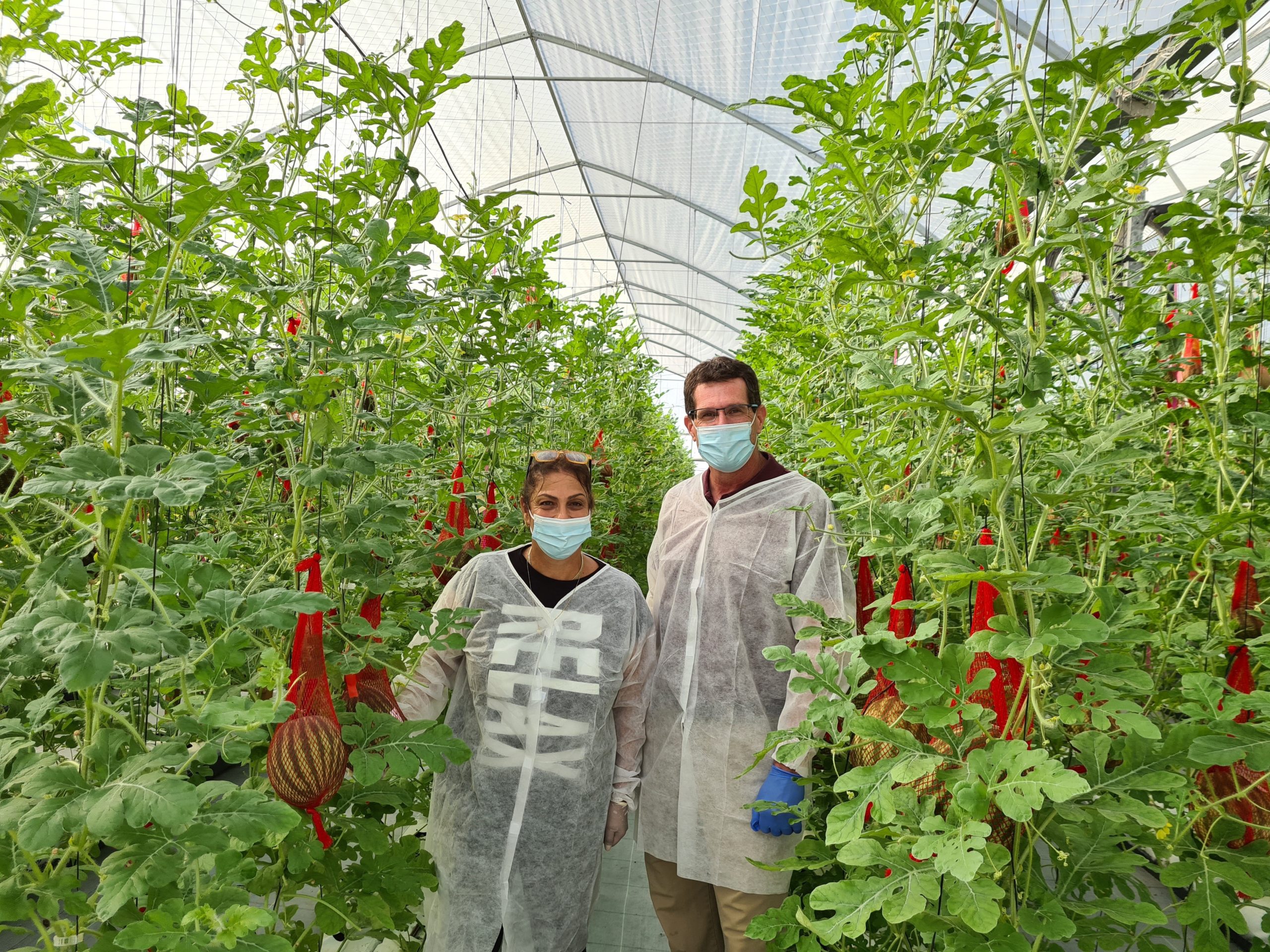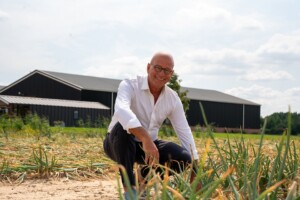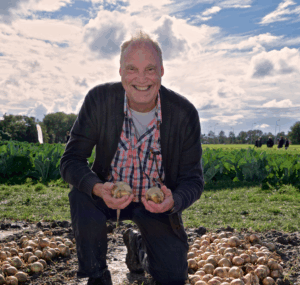As a seed company, we focus on genetics, and Operations combines models of operational effectiveness with flexible platforms for Breeders.
In the first part of this article, Elad Shalit, Hazera’s Global R&D Operations Director talked to us about the company’s R&D Operations department. In this second and last part, he discusses how technology is utilized to provide the necessary flexibility of growing conditions for growing new varieties effectively.
Max-flexible Irrigation System
“One of the ways to enable variation in the greenhouse is by controlling irrigation at the plot/plants bed level. Sometimes, we install two different types of irrigation systems in the same plot and interchange between them according to the needs of the specific crop. This infrastructure can also be used during different transplanting cycles in the same plot/bed. For example, a single line can water young plants while the second line irrigates more adult plants planted earlier,” says Elad.
According to Elad, another advantage of the double system is the ability to influence the rate of growth and to control its vigor more easily. They monitor the data several times a week, especially in periods of extreme temperatures or stress. “For example, when there’s a heat wave, the plant develops quickly; and if we do not monitor it closely, we may lose the flowers that we could have pollinated to obtain more fruit.” Although such flexibility demands a more complex infrastructure of systems, connections, automatic taps and control systems, the results return the investment in a relatively short time. This is true flexibility!
As part of the control, precision, and effectiveness, drain water is also measured in greenhouses with soil-less beds. This is the feedback of actual data from the plants, compared to the data in the fertilization and irrigation systems. The analysis of drain water enables the company to gain time and measure more accurately the behavior of the varieties and the need to make improvements. The number of drain-water monitoring points adds to the flexibility and enhances precision in defining fertilization and irrigation settings between plots. “Today, we have hundreds of measuring points of drain water, which facilitate a higher ability to control, analyze and improve the crops,” says Elad.
“We are currently conducting a trial in which we filter drain water in a dialysis machine to recycle it for irrigation in the greenhouse. This process is very complex; however, it has great potential and leads to major savings in fertilizer”, he comments. “The project is expected to enable us to use this system in other places in which irrigation water comes from contaminated water sources, such that the system will filter bacteria and recycle water. The system is still in the test phase.”
Pollen effect on seed production potential
Another element of the process is pollen viability. The aim is to collect pollen in larger amounts per flower and at high viability (due to its limited lifespan) for more effective pollination. The control process provides information about when the pollen was collected and how it was applied so that the fruit develops as many seeds as possible. According to Elad, “the ability to monitor and affect the quality of the pollen and, as a result, the pollination process, may have an impact on the operational efficiency of the process. Thanks to better pollen, we successfully produce more seeds in each fruit in the pollination process, so that fewer pollinations are required to reach the required number of seeds.”
To estimate the pollination efficacy, the company conducts production research with its content experts. They test the results of the pollination or use materials to identify the quality and viability of the pollen in samples collected. “A protocol we developed helps us identify the most viable types pf pollen,” says Elad. “Here too, environmental conditions are very important – when the pollen should be collected, or how to adapt environmental conditions to increase its amount. For example, a plant under proper stress will bloom more and generate more pollen. Our production research enables us to define the optimum conditions.”
Specialization in subjects like pollinations, flower emasculations, accurate agrotechnical techniques and adjustable equipment for operation and maintenance of the greenhouses requires skilled personnel. “I am happy to say that the team of Hazera´s Operations is comprised of veteran employees that are highly skilled, which enables us to implement the most innovative solutions.”
Cooling
Another critical element in the growth process, especially in Israel, is the ability to provide cooled conditions for the required varieties. “In active greenhouses, we use several cooling systems,” says Elad, “for example, cooling pads (wet beds) in large greenhouses and air conditioners/chillers in small greenhouses. When ambient humidity reaches 70% to 80%, cooling pads are not effective. In that case, smaller structures (40 sq. m.), which can be cooled, must be used. Since some varieties are targeted to cold seasons and regions in the world, it is critical for the breeding projects to enable seed production for these varieties also in hot conditions (i.e. Israel) in order to produce and prepare the seeds on time. The disadvantage of a small structure is that we reduce the ability to grow many plants in parallel, or that we cannot provide optimum growing conditions to a specific variety,” he adds.
According to Elad, “Sometimes we have to provide solutions to enable the breeder to continue the process under less optimal conditions. This may save time reaching the target market or may increase the pace of the growing cycles (we may reach >4 cycles a year), thus accelerating generations in development of the variety. In these cases, we may also use artificial lighting and even heat the root systems to provide suitable conditions in the winter.”
Lighting
Lighting is an element that has advanced technologically in recent years, with attempts to find the right wavelength, the right intensity, and the right duration according to the type of crop. Artificial lighting has a significant effect on costs. “In Holland, for example, we use LEDs for artificial lighting due to the very short winter days, at 52 degrees latitude which last only 7hr45min, compared to the shortest day in Israel at 32 degrees latitude which lasts 10 hours, ” says Elad. Lighting also affects the environment and therefore, due to regulations in Holland, the company is required to screen the greenhouse so that the light does not affect the external environment.
Elad summarizes: “Today, additional technologies are being developed for pollination, weeding, harvesting, and more. All these are platforms that Hazera is very interested in. As a seed company, we focus on genetics, and Operations combines models of operational effectiveness with flexible platforms for Breeders. Implementing these new technologies is another objective of Hazera´s Operations, thus cooperation and partnerships with companies that develop such technologies are so important.”
“The most challenging of Hazera´s Operations is managing 11 R&D sites globally to reach the desired results in changing conditions, our relationship and synchronization with all Breeders, and the data collected from 26 countries. Today, everything is done individually with each contact/representative separately, but Hazera is currently working on developing and implementing an automated greenhouse-management system that will make the work of Operations more effective, faster to respond and easier to control.”
The article is published here in curtesy of IsraelAgri







